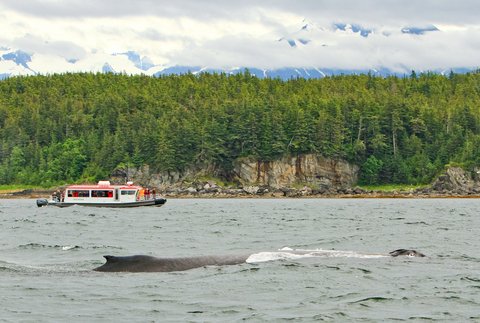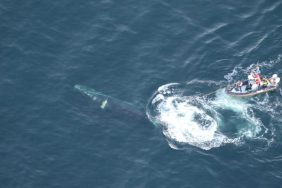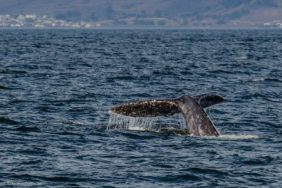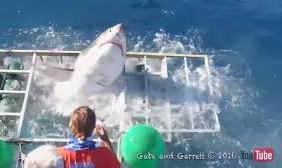The recent capsizing of a whale watching vessel out of Vancouver Island, British Columbia resulting in the death of five people and one more still missing has shocked and horrified the local community.
An investigation into the incident to determine its cause is still ongoing, but reports indicate that most of the 24 passengers were on the top deck of the vessel on the port side when a large wave struck the boat sending people into the water. The boat then rolled over so fast crew members did not have enough time to even send out a distress call.
While the incident is extremely rare, it highlights the unforeseen dangers of whale watching this time of year, an activity shared by at least 13 million people in North America annually. The vessel involved in the capsizing, named the Leviathan, had been operating in the same waters for 20 years, according to Jamie’s Whaling Station, which has operated the boat with a near perfect safety record.
Before this recent accident there had been just two whale watching fatal incidents in British Columbia, one in 1992 resulting in four deaths and another in 1998 causing the death of one person. Vancouver Island is one of the most popular places in the world to observe whales, including the rare killer whales that are commonly in the area.
With many operators to choose from, deciding on a whale watching excursion can be tricky. There may have been no way to prevent the recent accident but there are some things you can do to ensure a safe and enjoyable day on the water. Here are a few important questions to ask:
Does the operator have a safety-management system in place?
Although commercial whale watching vessels are not required by federal law to have one, many operators have in place a safety-management system that covers everything the crew does on a day-to-day basis to ensure safety. One former Transportation Board Safety Manager has called for all commercial vessels to carry them. According to Jamie’s, the crew on board the Leviathan performed twice-weekly safety drills.
What is the size and type of the boat?
Not all whale watching operators are the same even if they depart from the same point. It’s a good idea to inquire about the age and size of the boat you will be travelling on. It could be an inflatable zodiak or a skiff. If it’s a larger vessel, you might want to ask whether it has a covered upper deck in case you get stuck in the rain. You should also be able to see a photo of the boat on the company’s website.
How are crew members trained?
Along with safety, whether crew members are trained in marine mammals is an important question to ask. Many operators have a naturalist or marine biologist on board that can provide helpful information to passengers that may enhance the trip.
How close do you get to the whales?
Federal law prohibits whale watching vessels from getting any closer than 100 yards from a marine mammal. They should travel in line with the animals movement and not try to cut any whales off. Boats are also not allowed to hang around whales for more than 30 minutes. This is a good question to ask to make sure the operators understand the rules.
Do you have any environmentally friendly practices?
Here we are looking for such as aspects on whether the boat used bio-diesel and how it disposes its waste and oily bilge water, if possible. For those who care about the environment, this could be a determining factor.
Photo credit: Dreamstime.com








